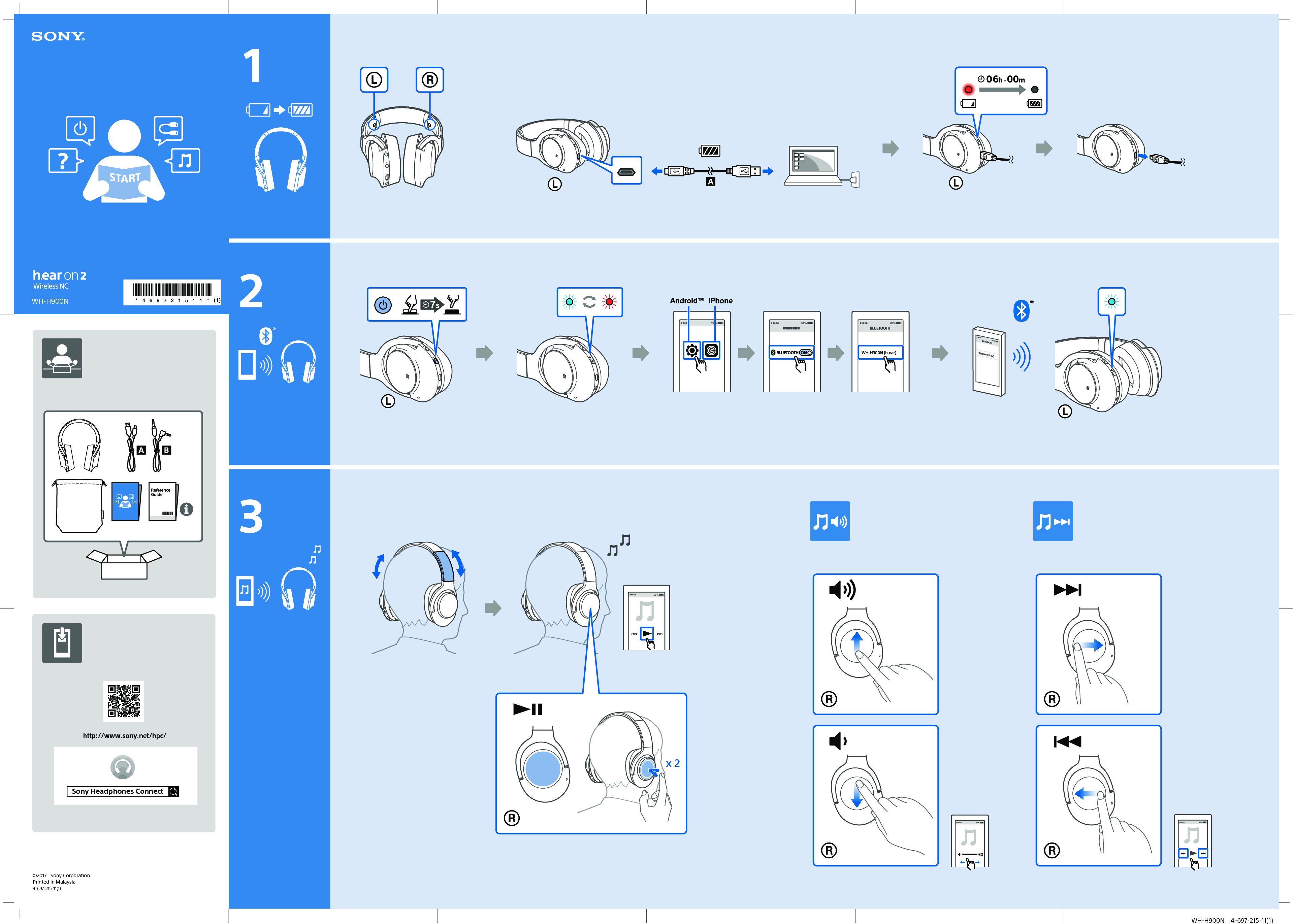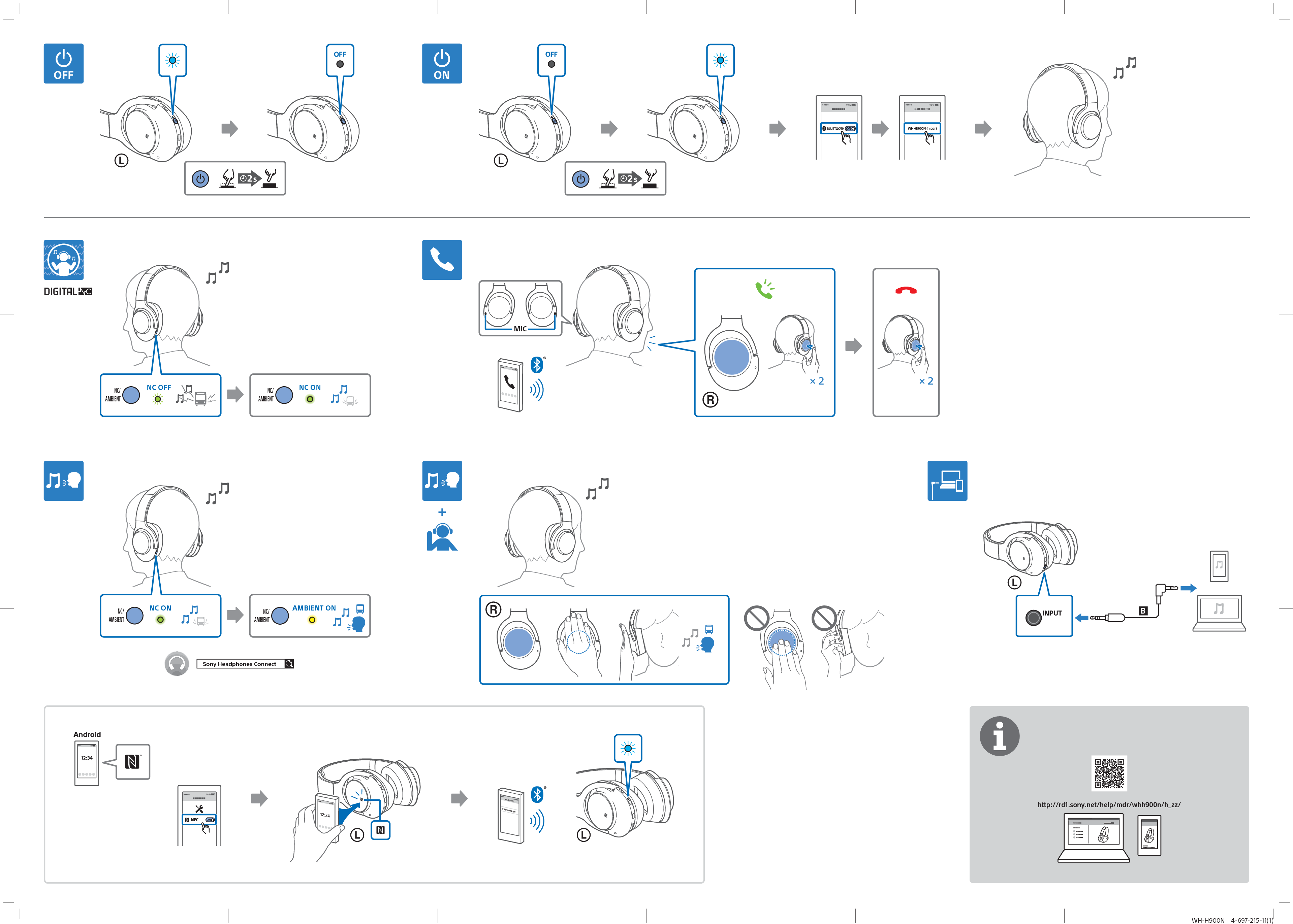Sony WHH900N Wireless Noise Canceling Stereo Headset User Manual
Sony Corporation Wireless Noise Canceling Stereo Headset
a href="https://usermanual.wiki/Sony" itemprop="url">
Sony >
User Manual
| Download: | |
| Mirror Download [FCC.gov] | |
| Document ID | 3451814 |
| Application ID | LO7kJG+GUMJnenq+OXJSIg== |
| Document Description | User Manual |
| Short Term Confidential | Yes |
| Permanent Confidential | No |
| Supercede | Yes |
| Document Type | User Manual |
| Display Format | Adobe Acrobat PDF - pdf |
| Filesize | 38.22kB (477736 bits) |
| Date Submitted | 2017-07-05 00:00:00 |
| Date Available | 2017-09-22 00:00:00 |
| Creation Date | 0000-00-00 00:00:00 |
| Producing Software | PDF-XChange (PDFTools3.exe v3.60.0117) (Windows) |
| Document Lastmod | 0000-00-00 00:00:00 |
| Document Title | User Manual |
| Document Creator | Tracker's PDF-Tools |





